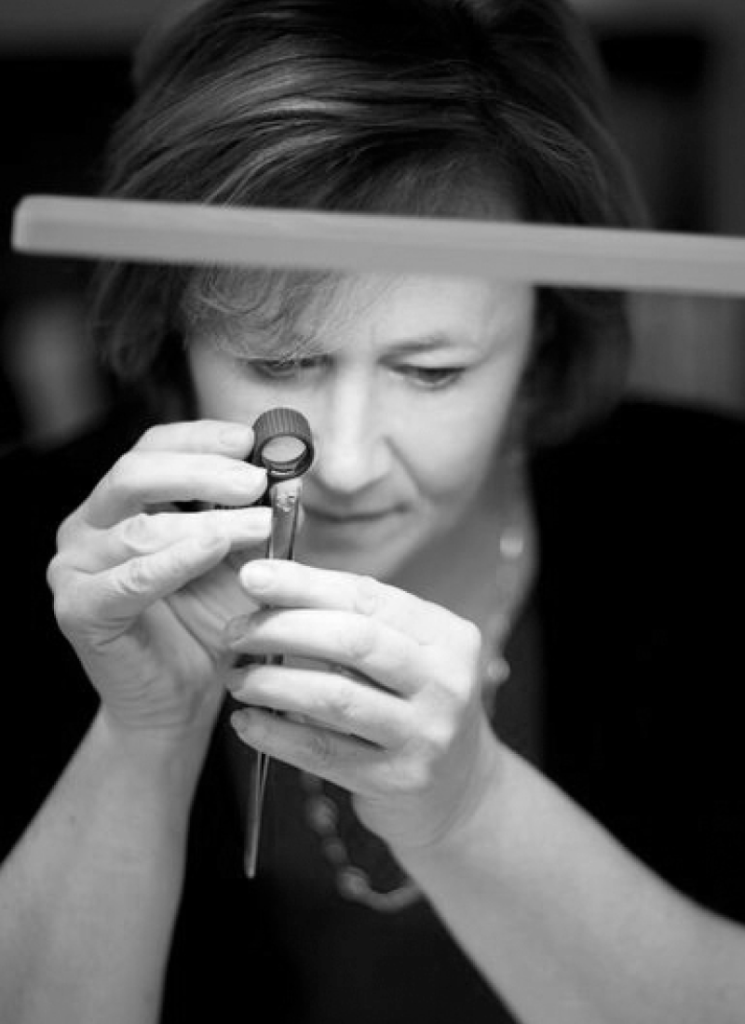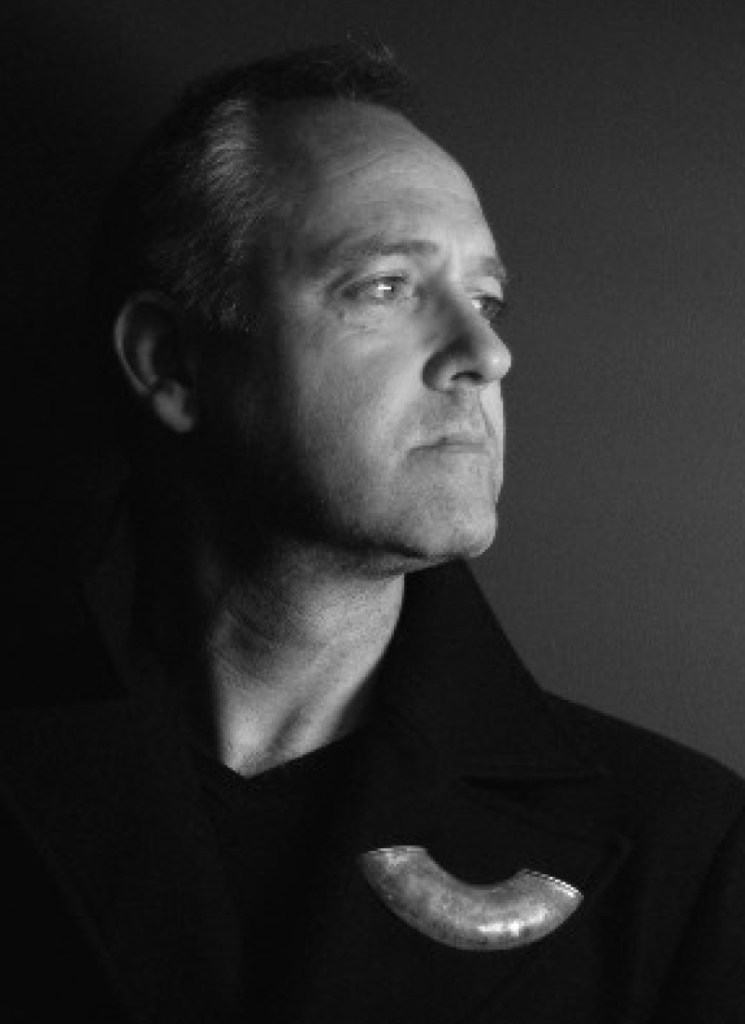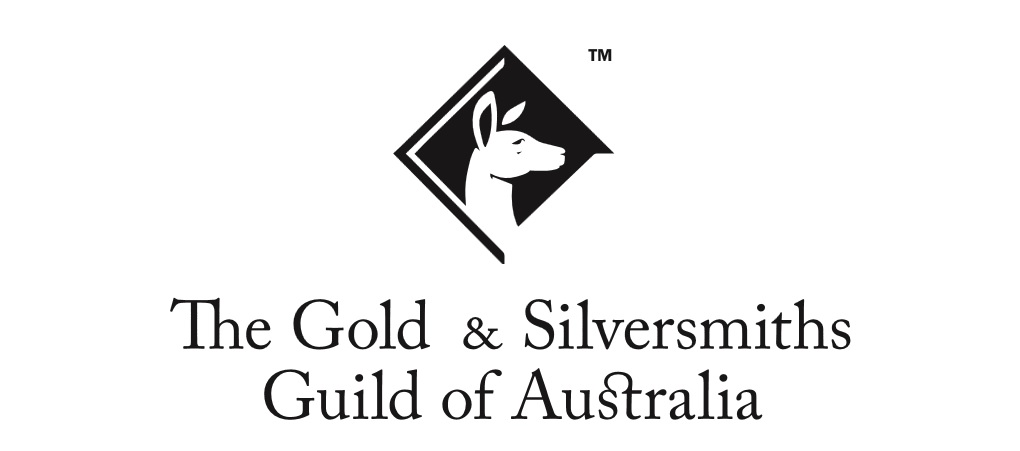Have you ever wondered how long the world has been marking metals to prove and verify their purity and origin? It has been since ancient times and here are just a few examples.
Over 5000 years ago the Egyptian Pharaoh Menes certified the purity of small Gold ingots by stamping them with his personal seal. In Antiquity, ancient Rome, there is evidence of silver bars marked under the authority of Emperor Augustinian around 350AD. At a similar time, Byzantine silver was marked with metal purity marks, some as early as 400AD.
The year 1260 saw the first silver marked in France. Then in 1275, the practice was formalised by royal decree. By 1313 Philippe IX expanded the use of hallmarks to gold works and finally included individual maker’s marks by 1355. In 1424, seven decades following the French standards, Switzerland enacted a regulation on the purity and hallmarking of silver for use in Geneva.
Meanwhile, England enacted a statute requiring that sterling silver articles be assayed in 1300. 1327 saw the foundation of The Worshipful Company of Goldsmiths, also known as Goldsmiths Hall, by royal charter under King Edward III. Thus began the term hallmarking. Also under Edward III’s reign in 1363, individual maker’s marks were officially introduced in England.
1881 saw Switzerland introduce uniform hallmarking laws. While Germany has used uniform marks for silver and gold since 1888, the Crescent and Crown for silver and the Sun and Crown for gold. The world’s most regulated marking systems have a government-authorised independent institution that assays and guarantees the quality of those precious metal objects. Just some of the nations using this practice include Austria, Bahrain, Cyprus, Czechia, Egypt, Finland, France, England, Ireland, Malaysia, Netherlands, Norway, Portugal, Spain and Sweden.
However, in other countries like Australia, Switzerland and the US, the guarantee of purity is the responsibility of the manufacturer or the importer. This voluntary practice usually includes the addition of a maker’s mark, also known as a manufacturer’s mark, a responsibility mark, an accountability mark, or a touch.
In Australia’s case, the late 19th and early 20th century witnessed two attempts by the industry to create a marking system, although both were short-lived and without official legislative backing. With this context, in just 30 years, The Gold and Silversmiths Guild of Australia has successfully developed Australia’s only lasting system for marking precious metals and recording individual makers’ marks. These are struck on fine silver Touchplates and archived for perpetuity. It also should be remembered that this has been achieved entirely by volunteers with sometimes little more than passion and belief.
Of course, there were teething problems, as with any foundling organisation. However, over this time, the membership has sought to better define the core purpose and have challenged each other over standards, benchmarks and the rules within the framework of the Guild. More recently, the Guild has also been challenged by perceptions of being an elite club, of having too high a standard and conversely, too low a standard and sometimes just by apathy.
Today The Gold & Silversmiths Guild of Australia is very clear on its direction and purpose. The Guild is a marking system for marking Australian-made precious metal objects. These marks are set out by Australian Standard AS2140-2008. It was members of The Guild alongside other industry representative organisations that advocated for and secured metal purity standards with Standards Australia resulting in the creation of AS2140-2008, in line with the ISO standard or uni-mark.
The Gold & Silversmiths Guild of Australia is not an elite club with impossible standards. It is something that many of Australia’s most revered and skilled metalsmiths and jewellers are passionate about, believe in and are members of. It is an Australian marking system for Australian-made precious metal objects that all Australian metalsmiths can be a part of.

Desma Noble
FGSGA, FGAA – GSGA President

Tim Peel
BA, FGSGA – GSGA Vice President

Further reading: